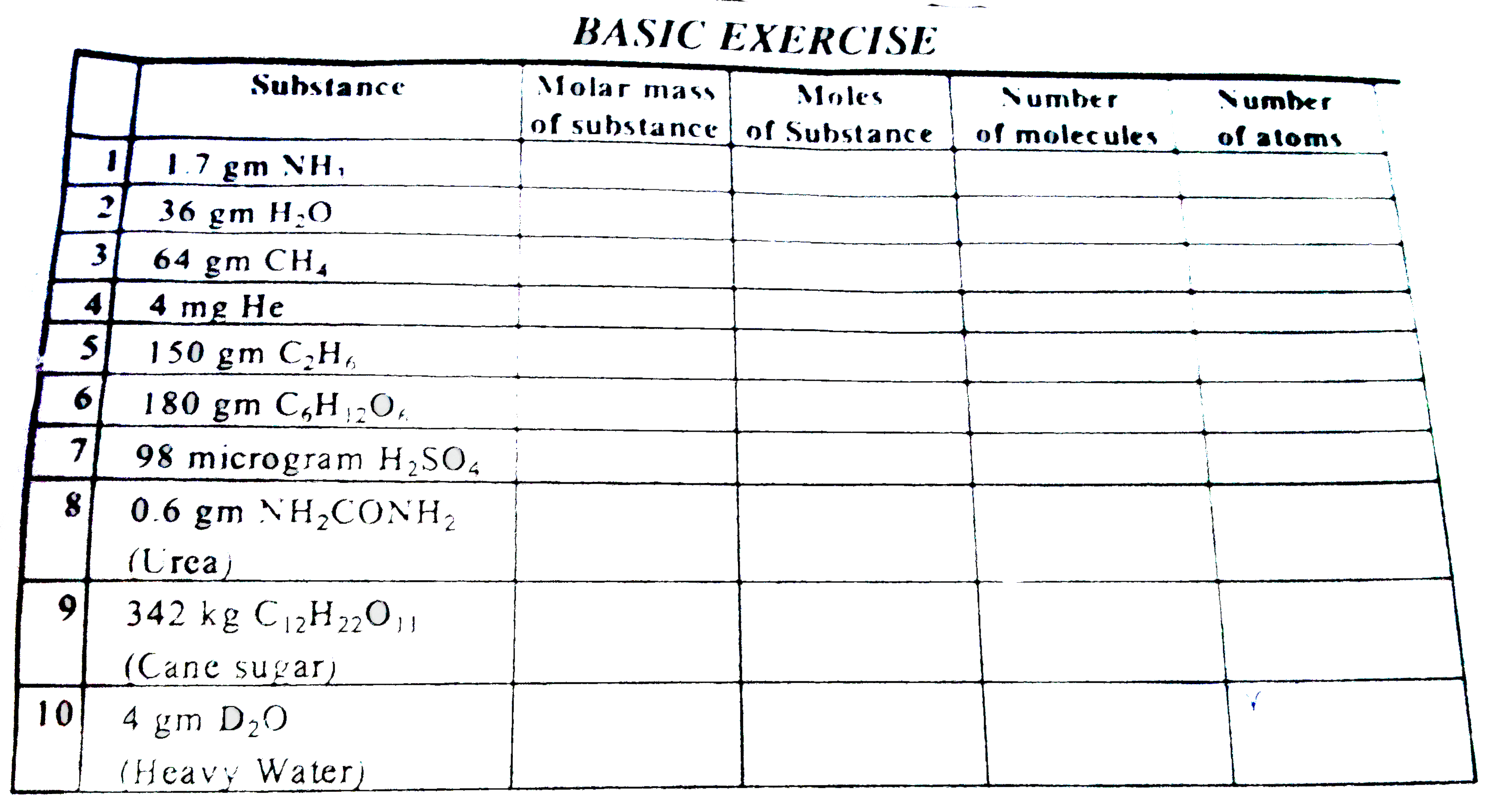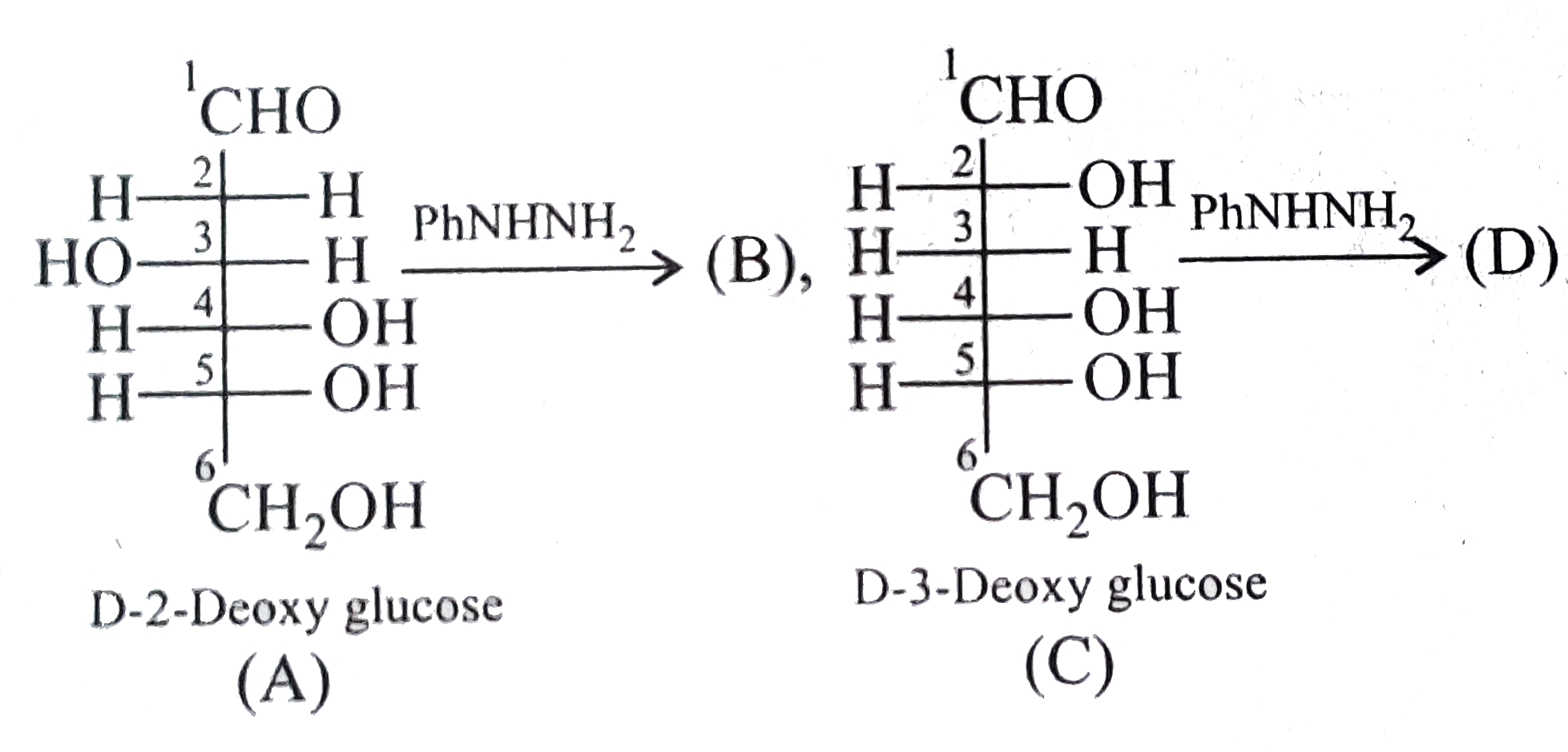How many moles of methyl alcohol is obtained when 1 mole of hydrated ferric chloride (i.e. FeCl3.6H2O) is made anhydrous by reacting with 6 moles of 2,2 dimethoxypropane.
The correct Answer is:12
To solve the problem of how many moles of methyl alcohol (CH₃OH) are obtained when 1 mole of hydrated ferric chloride (FeCl₃·6H₂O) is made anhydrous by reacting with 6 moles of 2,2-dimethoxypropane, we can follow these steps:
Step 1: Understand the Reaction
We start with 1 mole of hydrated ferric chloride (FeCl₃·6H₂O) and react it with 6 moles of 2,2-dimethoxypropane. The goal is to determine how many moles of methyl alcohol (CH₃OH) are produced in this reaction.
Step 2: Identify the Components
- Hydrated Ferric Chloride: FeCl₃·6H₂O
- 2,2-Dimethoxypropane: This compound contains methoxy groups (OCH₃), which can release methyl alcohol upon reaction.
Step 3: Write the Reaction
The reaction can be represented as:
FeCl3⋅6H2O+6(CH3O)2C(CH3)2→FeCl3+12CH3OH
Step 4: Determine Moles of Methyl Alcohol
From the balanced equation, we see that for every 1 mole of FeCl₃·6H₂O reacted, we produce 12 moles of methyl alcohol (CH₃OH).
Conclusion
Thus, when 1 mole of hydrated ferric chloride is made anhydrous by reacting with 6 moles of 2,2-dimethoxypropane, 12 moles of methyl alcohol are obtained.
Final Answer
12 moles of methyl alcohol (CH₃OH) are obtained.
---
We start with 1 mole of hydrated ferric chloride (FeCl₃·6H₂O) and react it with 6 moles of 2,2-dimethoxypropane. The goal is to determine how many moles of methyl alcohol (CH₃OH) are produced in this reaction.
- Hydrated Ferric Chloride: FeCl₃·6H₂O
- 2,2-Dimethoxypropane: This compound contains methoxy groups (OCH₃), which can release methyl alcohol upon reaction.
The reaction can be represented as:
FeCl3⋅6H2O+6(CH3O)2C(CH3)2→FeCl3+12CH3OH
From the balanced equation, we see that for every 1 mole of FeCl₃·6H₂O reacted, we produce 12 moles of methyl alcohol (CH₃OH).
Thus, when 1 mole of hydrated ferric chloride is made anhydrous by reacting with 6 moles of 2,2-dimethoxypropane, 12 moles of methyl alcohol are obtained.
12 moles of methyl alcohol (CH₃OH) are obtained.
Topper's Solved these Questions
Similar Questions
How many moles of H2O are liberated when one mole hydrated MgCl2 is heated?
View SolutionHow many moles of H2O are liberated when one mole hydrated MgCl2 is heated?
View SolutionHow many moles of H2O are liberated when one mole hydrated MgCl2 is heated?
View SolutionHow many moles of NO2 are produced when 1 mole of B reacts with HNO3 ?
View Solution
How many moles of O-atoms are there in 1 mole CaCO3View SolutionHow many moles of CO2 is produced when one mole of benzene undergoes combustion ?
View SolutionHow many moles of NaOH is required to neutralize 1 mole of H3PO3
View SolutionHow many moles of H3PO4 are obtained on hydrolysis of one mole of P4O8.
View Solution
How many moles of PhNHNH2 react with 1mol(A)?View SolutionHow many O2 molecules are there in one mole of oxygen gas?
View Solution

